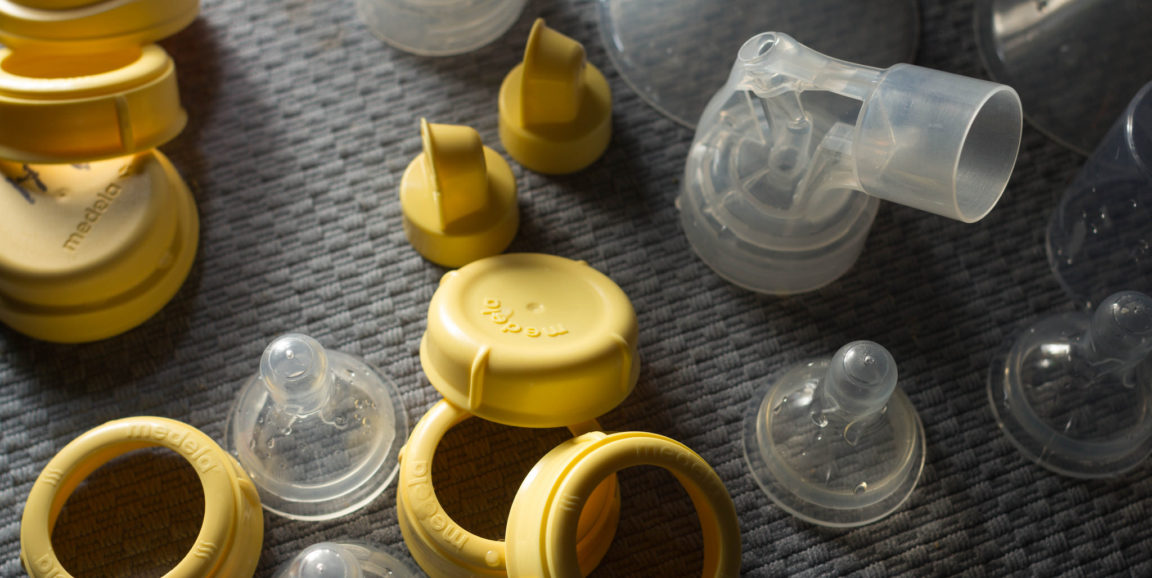Feeding the tiniest, most vulnerable human beings takes patience and know-how. The smallest premature babies arrive before they're ready to suckle, with dangerously immature digestive systems. They're vulnerable to necrotizing enterocolitis, in which intestinal tissue dies and must be surgically removed.
But there's more to neonatology than avoiding the most severe complications, as two Stanford experts recently explained to me. Their work on an updated toolkit for the California Perinatal Quality Care Collaborative, released in September, will help spread the latest research on preemie nutrition to doctors around the world.
The new toolkit gives guidance for medical caregivers on nutrition for very-low-birth-weight babies, those born weighing less than 1,500 grams (3.3 pounds) and reflects advances published since the last version came out in 2008. The toolkit is free online.
"We now have compelling data that correlates optimal growth with optimal neurodevelopment," said William Rhine, MD, a neonatologist with Lucile Packard Children's Hospital Stanford and a co-author of the toolkit. "It's clear that if we want the best long-term developmental outcomes for these babies, we have to focus on nutrition in the first weeks and months of life."
"Any way we can make the baby grow more appropriately and do well will also minimize their risk for other bad things to happen, including necrotizing enterocolitis," said toolkit co-author Olivia Mayer, a registered dietitian who works in the neonatal intensive care unit at Packard Children's. "Both the baby and the family will benefit."
The importance of consuming pumped breast milk is better understood now, Mayer said. The benefits include decreased risk of infection, fewer illnesses in the first year of life and lower risk for several other medical problems in the long run.
Recent trials have also shown that these babies benefit from a planned approach to introducing nutrition, preferably their mother's own milk, into the stomach. NICUs should use a step-wise progression based on birth weight, feeding a small amount over the first few days to get the baby's gut used to food and then gradually increasing the amount fed over the next seven to 10 days, with a gradual decrease in intravenous nutrition at the same time, Rhine explained.
The alternative to this phased-in feeding method is having each doctor who rotates in and out of the NICU decide what to do day-by-day. But that is much harder on babies. "You don't want eight doctors to have eight different approaches," Rhine said.
Mayer will be part of a Packard Children's team joining several California NICUs that will rely on the updated toolkit to identify further possible improvements in how they feed their patients. Participating NICUs will get data on their own performance and be able to see how they measure up to other hospitals. It's an approach that the CPQCC has already used to improve several other areas of preemie care.
"We can share [techniques] and ask 'What are you doing differently?'" said Mayer. "We owe it to these babies to help them have the best growth and outcomes possible."
Photo by Don Harder




